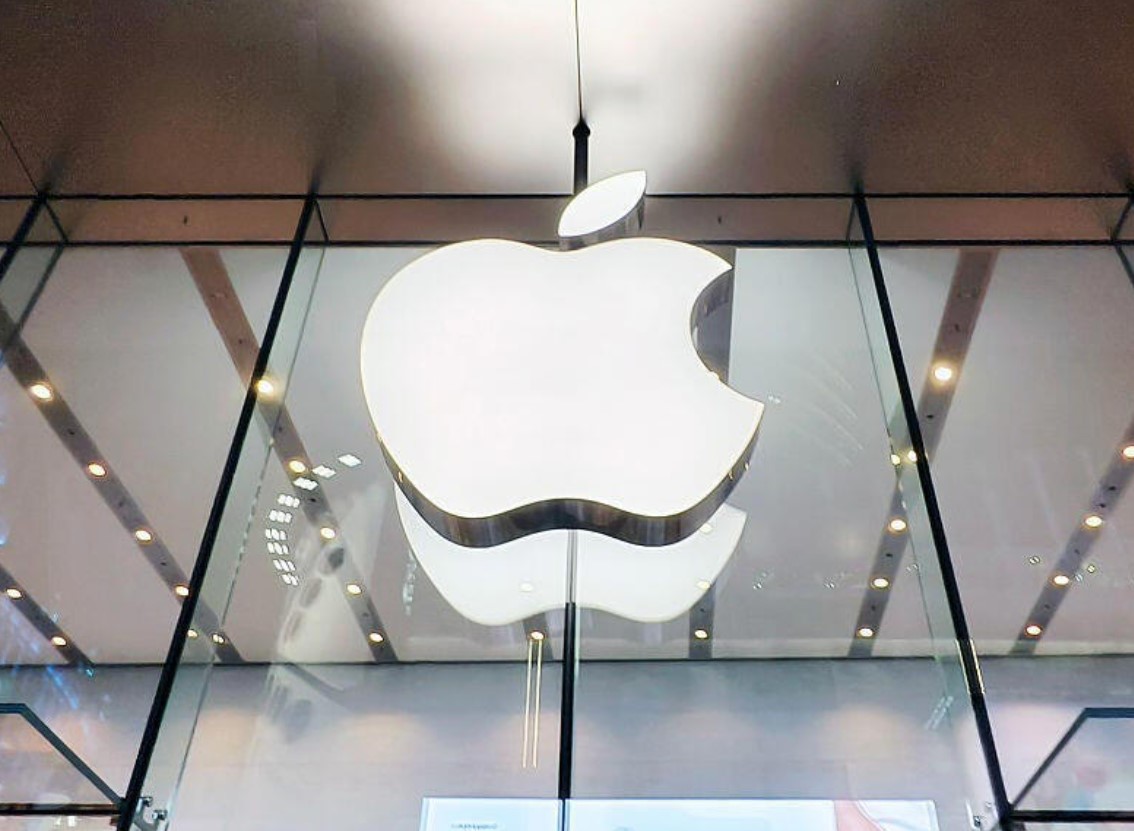Apple is gearing up for one of its most ambitious product pushes in years — an entire range of AI-powered hardware designed to transform homes, workplaces, and maybe even our idea of personal technology.
The Robot That Wants to Be Your Companion
Apple’s most eye-catching project is a tabletop robot planned for 2027. This isn’t a Roomba clone. Think of it more like a high-tech desk buddy with a mind of its own.
It’s expected to have a movable, arm-mounted display that follows your face, tracks your voice, and responds in real time. Apple’s redesigned Siri will run the show, chatting with multiple people at once and remembering previous conversations.
The robot’s goal isn’t just functionality — it’s presence. Apple wants this device to feel like a living part of your space, not just a static gadget.

Smart Display to Anchor the Home
Before the robot arrives, Apple plans to roll out a smart display codenamed J490 in 2026. This will be Apple’s biggest leap yet into the smart home segment.
Two key things stand out — a focus on multi-user recognition and deeper integration with Apple’s ecosystem. It will run on a new platform called Charismatic, letting different family members get personalized responses.
Uses range from video calls and music playback to controlling lights, thermostats, and security systems. And yes, it will still answer “What’s the weather?” without hesitation.
Cameras That Think for Themselves
Apple’s AI push also extends to home security. The company is working on cameras, codenamed J450, with some serious tech muscle.
They’re expected to run for months on a single battery charge and feature facial recognition, infrared sensors, and automation triggers. That could mean:
Turning off lights when a room is empty
Playing a person’s favorite playlist when they walk in
Sending alerts only for people it doesn’t recognize
These are clear shots fired at Amazon’s Ring and Google’s Nest. Apple is betting privacy and design will help it stand out.
Siri Gets a Brain Upgrade
Central to all of this is a reimagined Siri. Apple is testing two parallel projects — Linwood, which uses its own large language models, and Glenwood, which experiments with third-party AI such as Anthropic’s Claude.
The aim is faster, more context-aware responses. This includes Siri remembering what you said last week, showing relevant visuals on your iPhone or iPad, and even handling conversations involving more than one person at once.
It’s not just about being smarter — Apple is also giving Siri a visual makeover, which could roll out as soon as next year.
Looking Beyond the Living Room
Apple’s ambitions don’t end with the home. The hardware pipeline reportedly includes smart glasses, a foldable iPhone, thinner iPhones, and even a combined MacBook–iPad foldable.
And here’s the curveball — industrial robots. Apple is exploring machines for manufacturing and retail, a shift that could push its AI tech into entirely new arenas.
Big Plans, But Timelines Are Tricky
Apple has a history of announcing big innovations that take longer than expected to arrive. Sources say the smart display could hit the market in 2026, with the tabletop robot following in 2027. But there’s always the chance of delays if the AI software isn’t ready.
The timing matters. Apple’s core product sales have slowed, and the Vision Pro’s mixed reception has left the company looking for its next growth engine. AI hardware might be that — if it delivers.



















